Mastering Layering for Cold Weather Mountain Trails
Chosen theme: Layering Techniques for Cold Weather Mountain Trails. Step into the mountains with confidence as we unpack smart, real-world layering strategies that keep you warm, dry, and moving. Subscribe for trail-tested insights, ask questions in the comments, and share your own cold-weather wins so others can learn with you.

Why Layering Matters on Cold Mountain Trails
Your clothing builds a personal weather system around your skin. The right layers trap warm air while shuttling moisture outward, keeping the microclimate stable. On windy saddles and shaded gullies, small adjustments maintain equilibrium. Comment with moments when a quick zip or cuff tweak saved your day.
Why Layering Matters on Cold Mountain Trails
Sweat that lingers will chill you fast when the grade eases or the wind picks up. Effective layering focuses on moisture movement: wicking bases, breathable mids, and vented shells. Share your favorite vent tricks, from loosening pack straps briefly to cracking the collar just before a steep push.
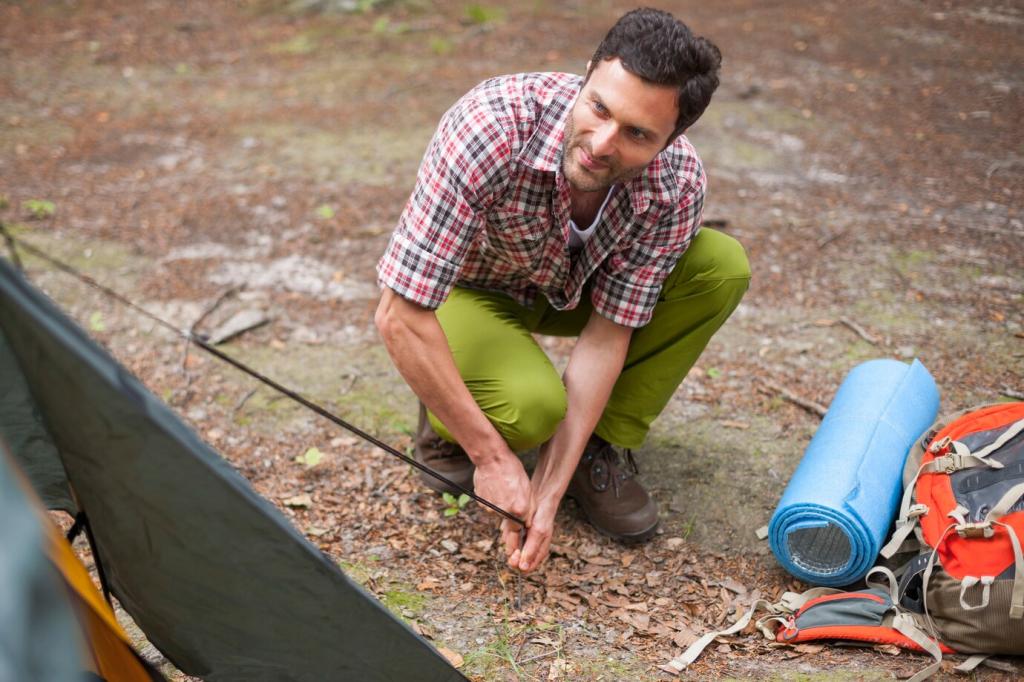

Base Layers: The Foundation You Sweat By
Merino regulates temperature beautifully and resists odors on multi-day missions, while synthetics excel at rapid wicking and quicker dry times. Many hikers carry both to match forecast and effort. Which fabric kept you happiest on sleet-blasted switchbacks? Share your experiences to help others avoid chilly regrets.
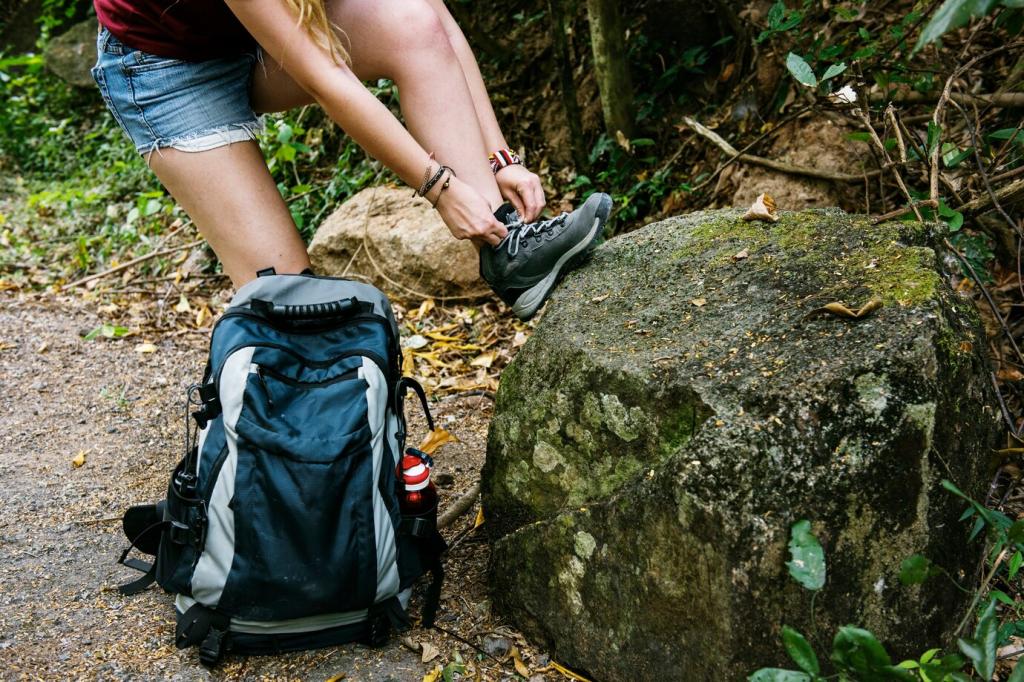
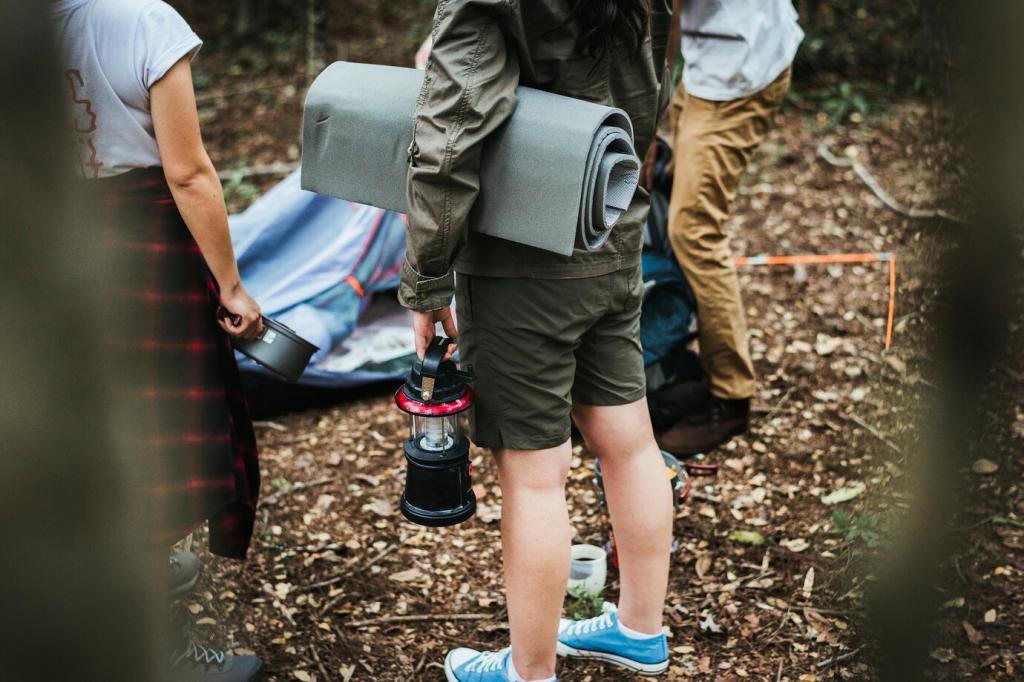
Base Layers: The Foundation You Sweat By
A close, not constrictive fit maximizes moisture transfer. Lightweight for high-output climbs, midweight for steady, cold traverses. Flatlock seams prevent chafing under pack straps and hip belts. Try dynamic layering: start light, add sleeves or a thin hoodie for breaks. What seam placements annoy you most?
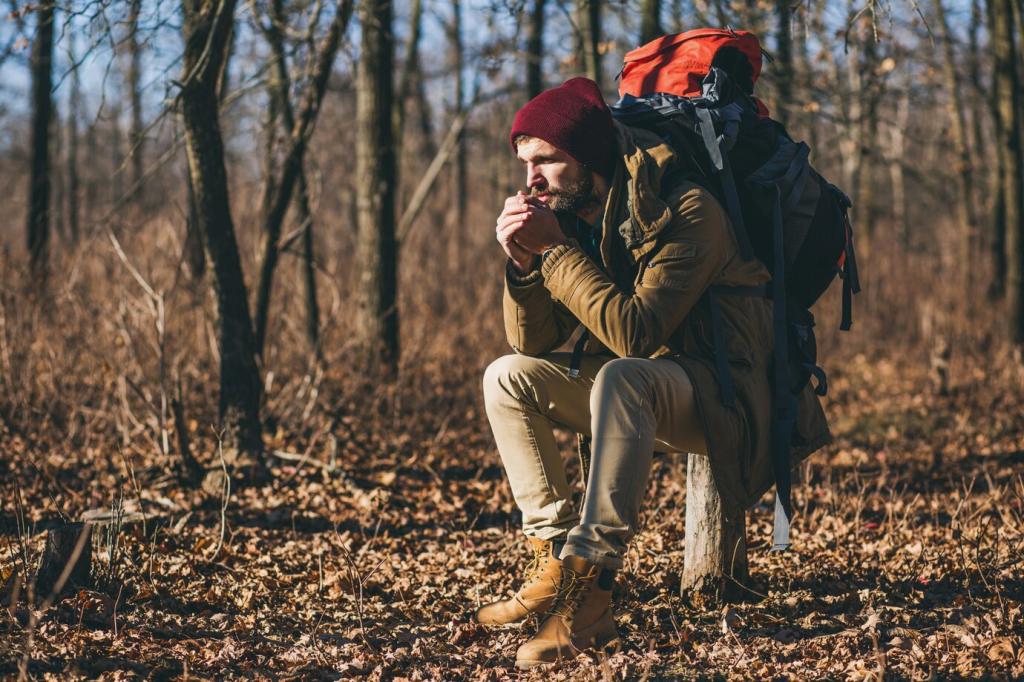
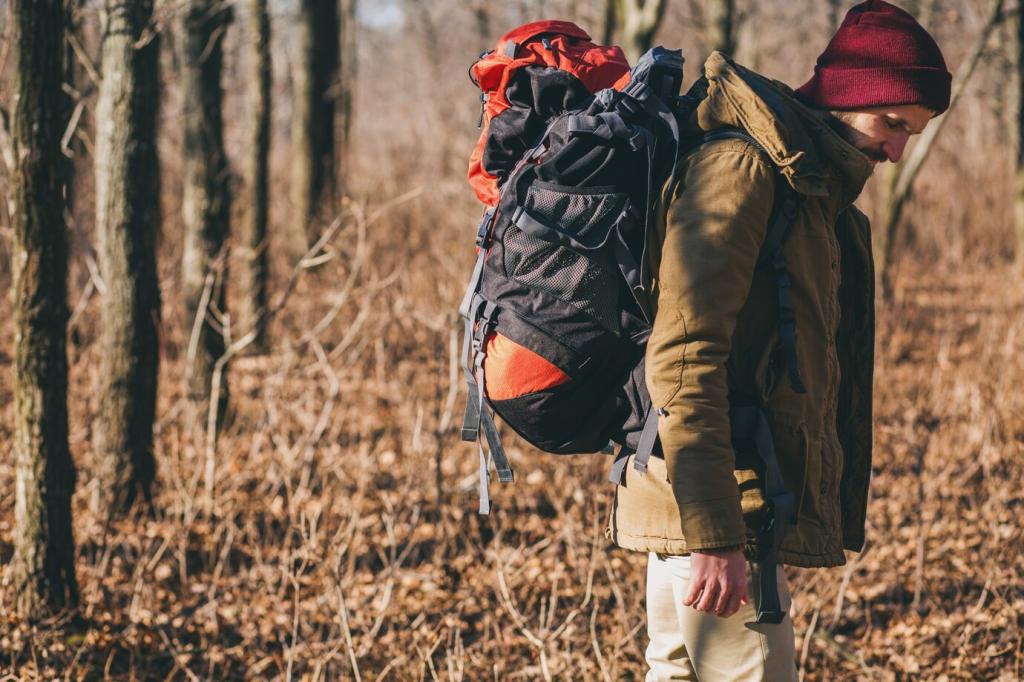
Mid-Layers: Active Warmth Without Overheating
Classic fleece insulates well but can trap moisture; grid fleece balances breathability and warmth. Active insulations like Polartec Alpha or similar breathe during climbs, reducing sweat accumulation. Try pairing them with airy shells. What combo kept you dry on stop-and-go terrain? Share your favorite mid-layer stack.
Mid-Layers: Active Warmth Without Overheating
More loft equals more trapped heat, but compressibility matters when weather swings. Choose mids that stuff easily yet rebound quickly. Consider one high-loft piece for static warmth and one breathable piece for motion. Post a photo of your packed mids and list volumes to help others plan.
Hard Shell vs Soft Shell: When to Wear Each
Hard shells excel in sustained precip, rime, and strong ridge winds, but can trap heat. Soft shells breathe better in cold, dry spells, and light flurries. Many hikers carry both, swapping as conditions flip. How do you choose on days with sunbursts and squalls? Share your decision tree.
Ventilation: Pit Zips, Two-Way Zippers, and Sequencing
Open vents before overheating, not after. Use pit zips and two-way fronts to create chimney effects. Sequence layers so quick adjustments are easy: glove-friendly zippers, hem cords ready, and packs arranged for fast access. Tell us your best rapid-vent routine that prevents sweat without full stops.
Dealing with Wet Snow and Rime
Wet snow saturates cuffs, hems, and shoulders. Sweep accumulation early, reinforce high-wear zones with durable fabrics, and carry a small microfiber cloth. For rime buildup, hood brims and stiffened peaks help. Share the small tweaks that kept your shell from icing mid-ascent on exposed traverses.
Extremities and Accessories: The Details That Decide Comfort
Use thin wicking liners for dexterity, insulated gloves or mitts for warmth, and a waterproof shell for storms. Swap liners when damp to prevent deep chills during rests. Practice transitions with your pack on. Which glove combos work best for adjusting crampons or zippers in biting wind?
Before steep climbs, strip a layer or open vents to avoid soaking your base. Before long descents, add wind protection or a light mid to bank heat. Build habits at landmarks—switchbacks, trail junctions, or treeline. What cues remind you to adjust before conditions change dramatically?
On-Trail Adjustments: The Art of Regulating Without Stopping
Warmth starts inside. Snack every forty-five minutes, sip regularly, and carry a thermos for morale. If your hands chill, increase pace briefly or add a wind layer. Share your favorite pocket snacks that stay chewable in subfreezing temperatures and keep you steady across exposed traverses.
On-Trail Adjustments: The Art of Regulating Without Stopping
The Setup: Forecast, Team, and Clothing
We checked hourly forecasts, packed merino bases, a breathable active mid, and both soft and hard shells. A spare pair of liners lived in chest pockets to stay warm. That small detail mattered when gusts hit the first saddle. How do you pre-stage spares for quick, warm swaps?
The Mistake: Sweat Freeze on the Ridge
We kept soft shells on too long during a steep forest climb. At treeline, sweat cooled instantly, fingers numbed, and conversation stopped. We learned to vent earlier and delayer before the pitch steepened. What similar near-miss taught you to act before the cold does? Share it below.
The Fix: Lessons to Carry Into Your Pack
We adopted a two-minute rule: adjust layers at every terrain change. We also stashed a micro-puffy for breaks and carried extra liners in a zip pocket. Since then, no ridge has surprised us. Subscribe for more field notes and add your best cold-weather habit to our community checklist.

